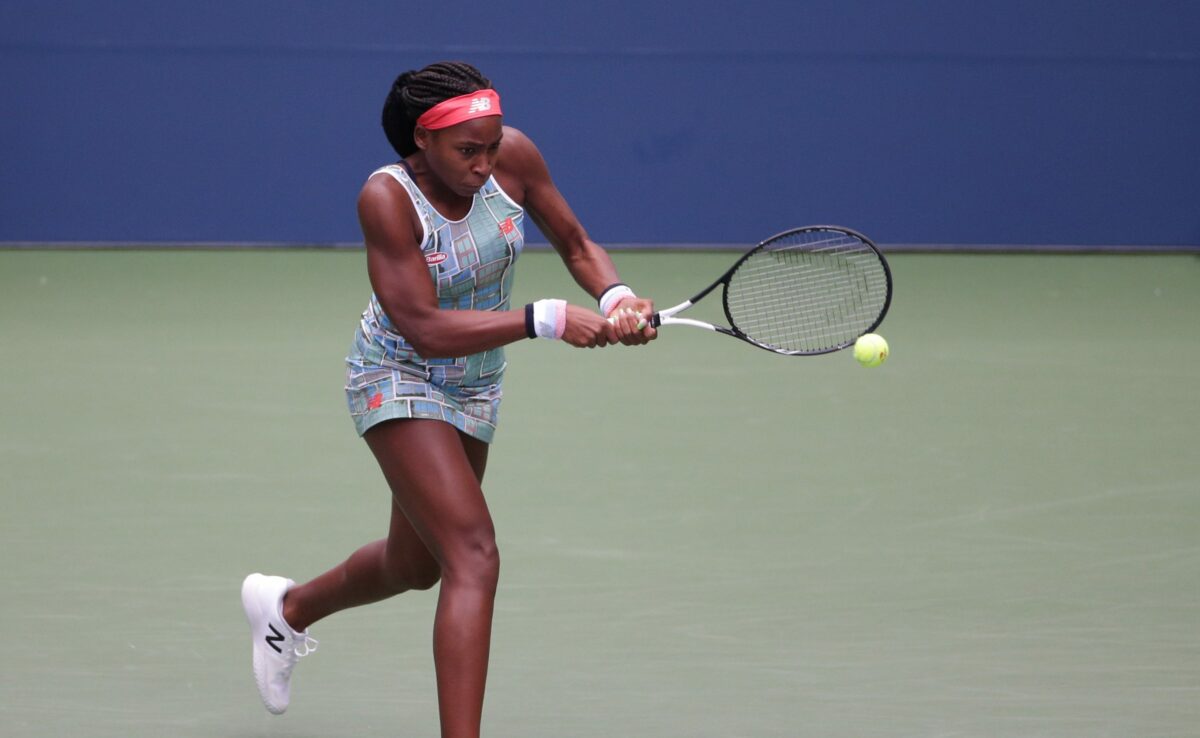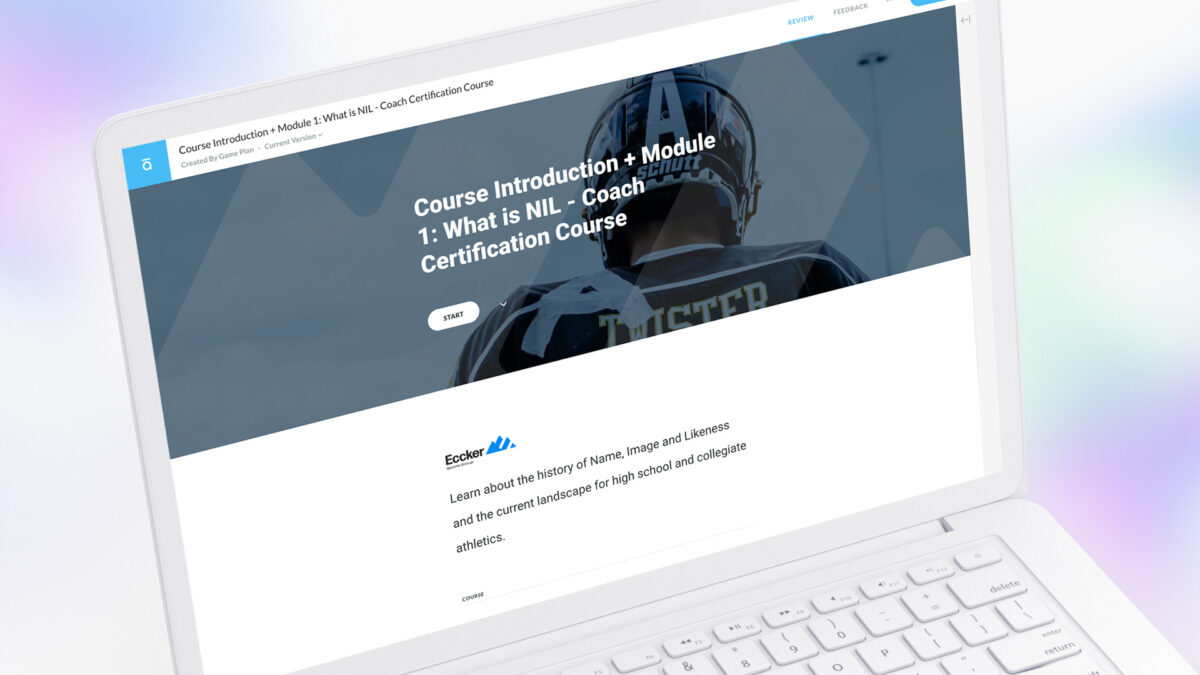With variance in NIL rules state-by-state, Eccker Sports launched a platform to provide information and resources to recruits, families and coaches.
Regardless of stance on whether college athletes should be allowed to profit off name, image and likeness, one facet of the NIL debate is largely agreed upon from both sides: There’s uncertainty in the rules that govern athletes’ allowances, rules that lack structure and vary for high school recruits from state to state.
As it currently stands across the country, there’s widespread variability, with seven states permitting athletes to profit off their name and likeness, 17 states considering changing bylaws and 26 states prohibiting it. The inconsistency adds extra difficulties in recruiting because athletes must know how signing a deal that guarantees college money could affect their high school eligibility.
In Texas, for instance, NIL deals are not allowed for high school athletes. And that restriction — and potentially its lack of clarity in Texas — played a role in the No. 1 football recruit in the class of 2022, Quinn Ewers, skipping his senior year of high school in favor of enrolling at Ohio State early and signing an NIL deal reportedly worth $1.4 million.
“I do think that there’s going to be some lawmakers at some point that are probably talking about it, but it’s going to take years,” said Vandegrift (Texas) High School head coach Drew Sanders. “…Parents want to make sure that they’re not doing anything that would get them in trouble eligibility-wise … This is all brand-new for everybody, so I have really zero experience with this. As a coach, I’m not really sure where to steer them to.”
Uncertainty in the immediate wake of sports legislation is nothing new, whether league-specific like the NFL’s concussion protocol or broad, widespread changes like Title IX.
Ten months since the passage of the NIL policy, the aftermath perhaps most closely mirrors that of the NCAA’s mid-1980s adoption of Prop 48, which mandated a minimum for high school grades and college entrance exams scores. Today, it’s a standard model. But when it was passed, it was controversial.
“It threw the entire market into a tailspin because it really changed the way the NCAA ruled on eligibility,” said Randy Eccker, a longtime figure in the sports digital media and technology landscape. “It completely changed the dynamic, but nobody took the time to go in and educate the high school market on what it meant to them and how to do it.”
While the implementation of Prop 48 lacked the resources for affected athletes, Eccker hopes to lead the charge in this next wave of sports ecosystem education. His platform Eccker Sports announced on Monday the launch of an educational services platform that will target high school students, coaches, teachers and administrators with resources including video curriculum, state-by-state information, tools for coaches to educate their communities and a network of legal, financial and tax experts.
The website is the exclusive high school partner of Game Plan, a platform with partnerships at the collegiate and professional level that provides learning resources, career planning and other developmental programs to athletes.
Pricing for the Eccker Sports resource hub varies state to state, Eccker said.
“Fast-forward even 10 years and this will be a normal part of the athletic landscape and the athletic education landscape, but today, when we’ve gone in and talked to coaches and administrators at the high school level, there’s a lot of fear and trepidation because it’s so new,” Eccker said.
The need for education on NIL is more expansive than finding a deal without affecting high school eligibility. Chuck Schmidt, Vice President and Executive Director of High School for Playfly Sports and the former COO of the Arizona Interscholastic Association, said that high schoolers whose parents’ jobs take them to different states might be unexpectedly affected. Tax obligations must be outlined for athletes. Athletes and families who see a chance for an influx of money but don’t know the laws could be exploited, whether by signing with someone who isn’t qualified, agreeing to have large percentages of money taken by the agent, or accidentally signing a deal to grant likeness to a brand in perpetuity without realizing the long-term implications.
Athletes’ rights took an enormous step forward with the passage of NIL allowances. Still, the lack of structure at a national level is creating confusion and potential long-term, unforeseen consequences. Eccker and Tim Prukop, the Chief Commercial Officer of the Eccker Sports resource hub, hope the new platform can help athletes and families build effective NIL strategies.
“NIL is just thrown around how great it is for kids to be able to do that, but there’s always something else that starts developing after decisions are made,” Schmidt said. “It’s an environment where every state has its own traditions, law, state law and that culture. Education … is going to be very critical to the success of what’s about to come.”

